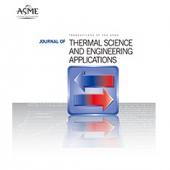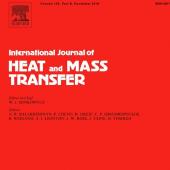A numerical analysis of the effect of atmospheric pressure on the performance of a heating system with a self-recuperative burner
This work evaluated the performance of a combustion chamber operating with a self-recuperative burner at various atmospheric pressures by means of Computational Fluid Dynamics (CFD) simulation. The aim was to determine the effect of atmospheric pressure on the main variables of the combustion system through mathematical correlations and numerical simulations.




